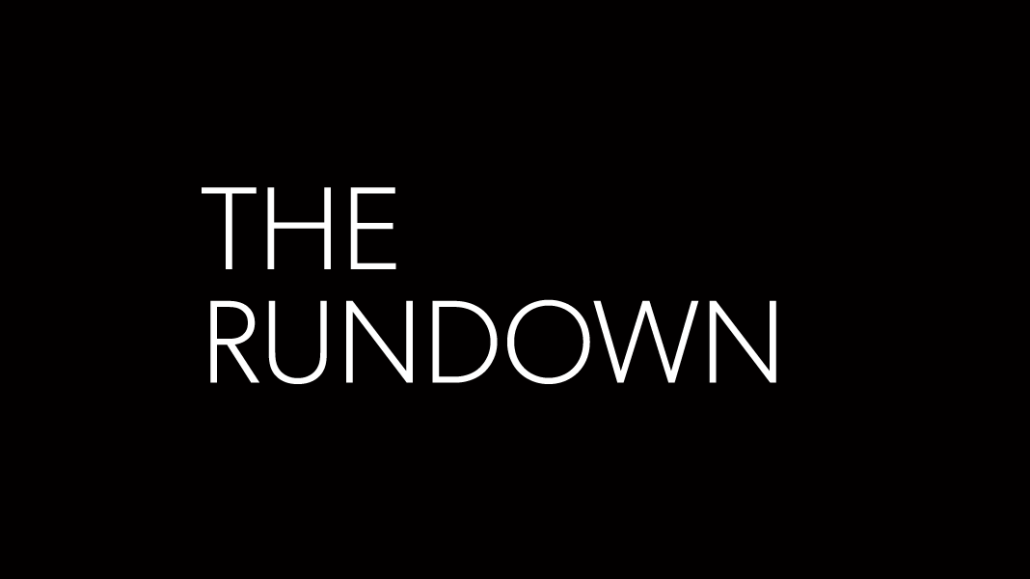
It’s the season for trying new reader payment models. A few weeks after it rolled out a new website, BuzzFeed News started testing paid memberships. A step toward getting reader contributions into the revenue mix looks like another step to a separation between the news and lifestyle division (for the record, the company has maintained it’s committed to its news operation.)
If there were any time for a news publisher to test the reader revenue waters, now would be the time, with high interest in the news and a spurt of publishers putting up online paywalls. BuzzFeed News wants to see if it can get a piece of that revenue pot before it runs out (The number of people who will pay for news and how much they’ll pay is limited, even if no one knows where that limit is.)
The voluntary donation model makes sense for BuzzFeed News because it aligns with its positioning that news should be freely available. It also would be hard to pull off a paywall for general news with a mass brand. Doing so would limit its goal of being a mass-reach news outlet and the advertising that goes with it. Would people put the same value on stories like “These Stories Prove Cats Are Truly A Writer’s Best Friend” or “This Woman Had A Contact Lens In Her Eye For Nearly 30 Years” (both BuzzFeed News stories) as its investigations on Russian influence in the U.S. elections or a harrowing one on deaths at a Catholic orphanage, which it dropped the same day the membership plan rolled out?
The Reuters Institute’s 2018 Digital News Report found only 3 percent of people donate to news organizations in the U.S., but fully 26 percent said they might donate to a news organization in the future if they felt if could not cover their costs in other ways. Younger people are more likely to donate, which bodes well for a millennial-based publication like BuzzFeed News. BuzzFeed News took inspiration from The Guardian, which has made a comeback on a reader revenue-driven model. (Mother Jones has had similar success.) But as media Twitter pointed out, it’s not like it’s hard to see BuzzFeed News, awash in VC funding, getting the same response as the 200-year-old Guardian, which has gotten memberships to soar by highlighting its unique ownership structure, its independence and the cost of producing quality journalism.
BuzzFeed News has racked up a number of prestigious journalistic accolades. But it’s still closely associated with BuzzFeed’s kitten and pop culture fluff that is fun but not the type of thing that have been able to get people to drop what they’re doing and open their wallets. The Reuters report showed that in the U.S., among people who heard of the outlet, BuzzFeed ranks 13 of 15 news outlets in trustworthiness — ahead only of Fox News and Breitbart, showing the brand still has some work to do. A membership program also would need to have robust offerings apart from the free news to get people to pay up.
More in Media

Yahoo takes cues from platforms as it offers more editorial control to creators
Through its creator program, Yahoo is evolving from its roots as a content aggregator and editorial publisher to more of a distribution platform for individual creators.

Podcast companies turn to live events to capture growing advertiser spend
The surge in the number of live podcast events in 2025 reflects a broader shift: advertisers are betting bigger on podcasts — not just as an audio channel but as a full-fledged creator economy play.

Media Briefing: ‘Cloudflare is locking the door’: Publishers celebrate victory against AI bot crawlers
After years of miserably watching their content get ransacked for free by millions of unidentified AI bot crawlers, publishers were finally thrown a viable lifeline.





